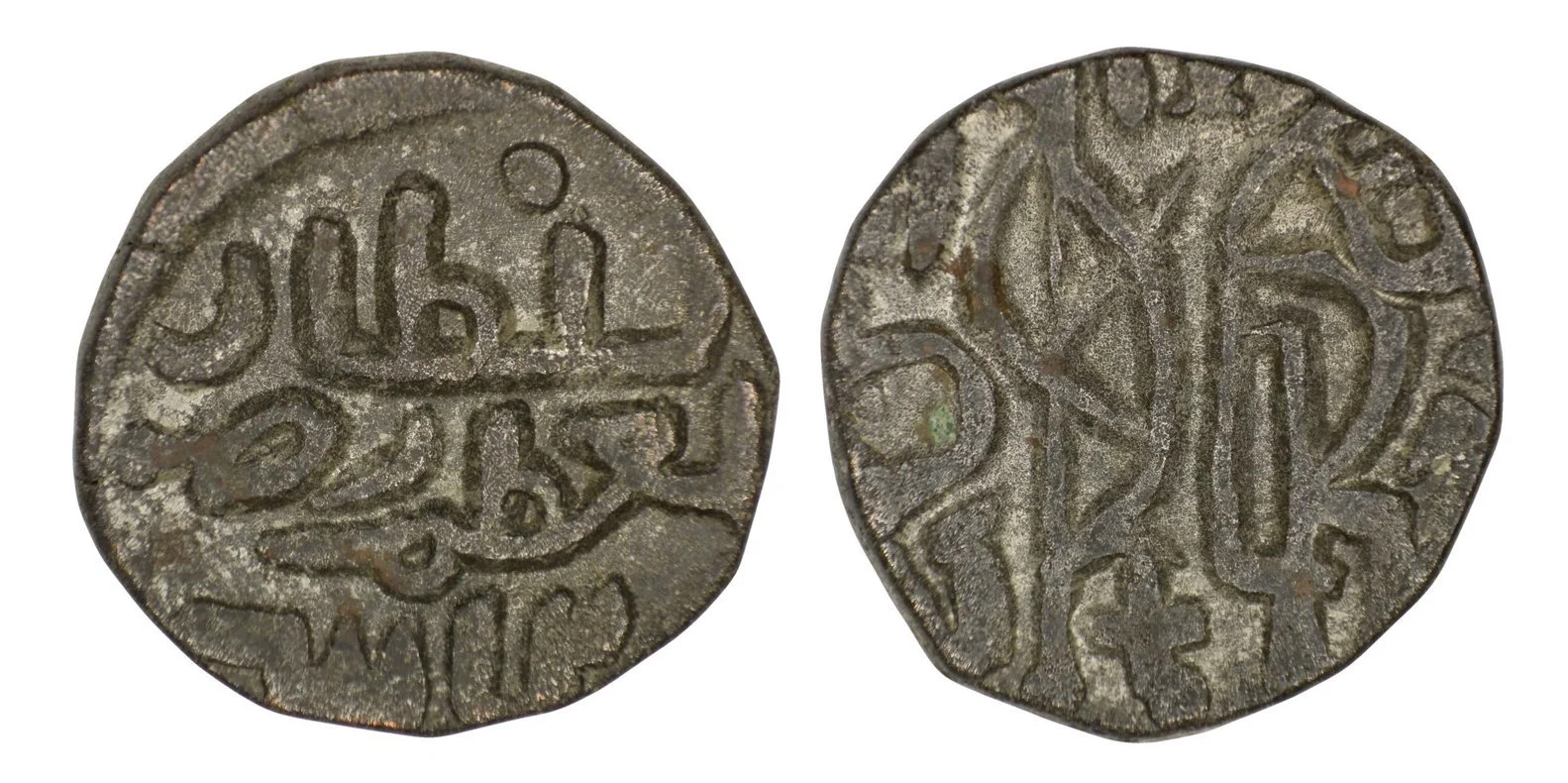Learn more about Razia Sultana below
Delhi Sultanate
The Delhi Sultanate began when Qutb-ud-din Aibak, a former slave who rose to become a general, declared himself Sultan of Delhi after the death of his master, Muhammad of Ghor. He established the Mamluk Dynasty, also known as the Slave Dynasty, which laid the foundation for the Sultanate's rule. Under his leadership, the kingdom expanded significantly, though his sudden death led to a brief period of instability.
The Delhi Sultanate (1206-1526 CE) was a prominent Muslim kingdom in northern India, known for its military conquests and cultural achievements. It is often divided into five successive dynasties: the Mamluk (Slave) Dynasty, the Khilji Dynasty, the Tughlaq Dynasty, the Sayyid Dynasty, and the Lodi Dynasty.
Among the Mamluk rulers, one of the most notable was Razia Sultana, the only female ruler of the Delhi Sultanate. She ascended the throne in 1236 CE, following the death of her father, Iltutmish. Razia was known for her administrative skills and efforts to strengthen the Sultanate. She broke traditional gender roles by adopting male attire and leading her armies into battle. Despite her capable rule, she faced significant opposition from the nobility due to her gender. Her reign was cut short in 1240 CE when she was overthrown and killed in a rebellion.
During the Delhi Sultanate, there were significant advancements in architecture, literature, and culture. Notable architectural achievements include the construction of the Qutub Minar and the Alai Darwaza. The period also saw the introduction of new crops and agricultural techniques, as well as the development of Indo-Islamic art and culture, blending Persian, Turkic, and Indian influences.
Razia also made strides in military leadership. She personally led her armies in battles to defend her realm against internal rebellions and external threats. Her courage and strategic prowess earned her the respect of her troops and subjects alike. Despite her capable rule, Razia faced constant opposition from conservative nobles who were unwilling to accept a female sovereign. Her efforts to consolidate power and assert her authority were met with resistance, leading to her eventual overthrow. In 1240 CE, Razia was captured and killed by rebel forces.
Razia Sulatana Achievements
Razia Sultana's legacy endures as a symbol of female leadership and empowerment in a patriarchal society. Her reign, though brief, challenged the prevailing norms and demonstrated that women could govern with as much competence and authority as men. Razia remains an inspirational figure in Indian history, celebrated for her bravery, vision, and determination to break through gender barriers.
Razia Sultana, who reigned from 1236 to 1240 CE, was a remarkable and pioneering figure in the history of the Delhi Sultanate, known for being the first and only female ruler of the Sultanate. Her ascent to the throne was groundbreaking in a period dominated by male rulers and rigid gender roles.
Razia was the daughter of Sultan Iltutmish, who had recognized her capabilities early on and named her as his successor, bypassing his sons. When she ascended the throne after her father's death, Razia demonstrated exceptional administrative acumen and a strong will to govern effectively. She adopted the title of Sultan, rather than the more gender-specific Sultana, to assert her authority.
One of Razia's significant achievements was her effort to create a more inclusive and just administration. She appointed competent and loyal officials from diverse backgrounds, including people of non-Turkic origin, which helped to stabilise the government and promote meritocracy. Her policies aimed at reducing corruption and improving governance were well-received by the populace.







